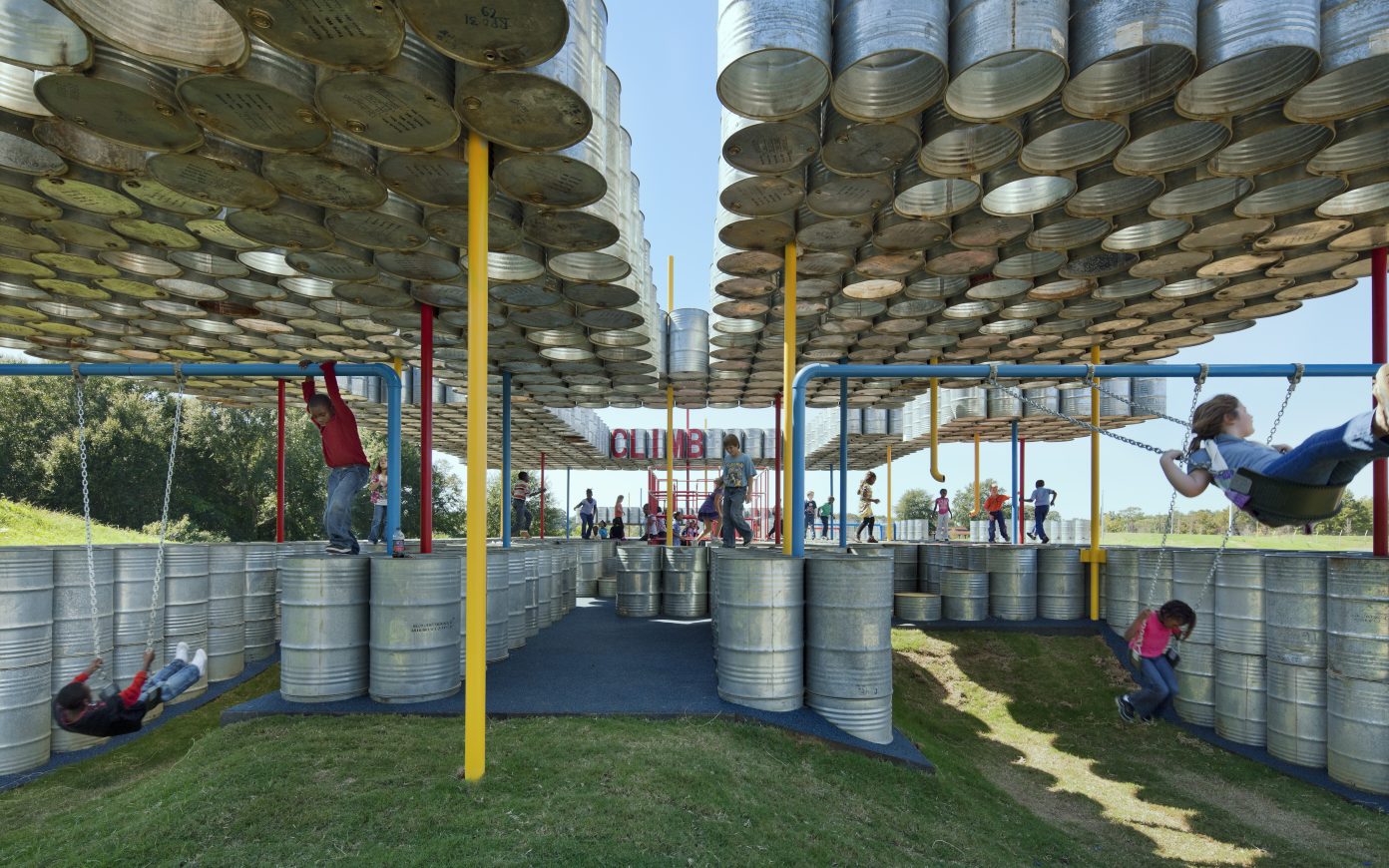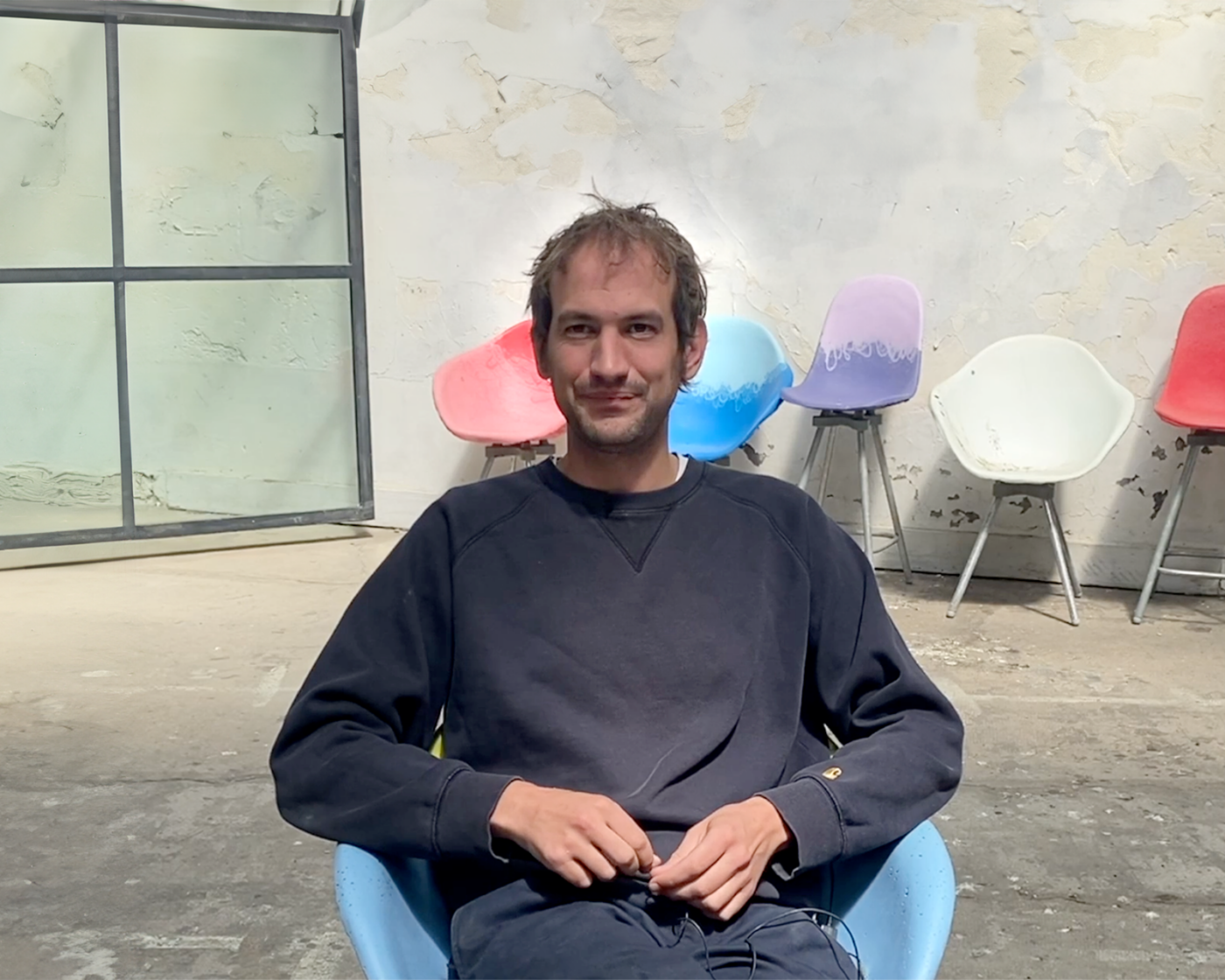Urban data
“ En architecture, le sonore demeure une dimension à la fois floue et insaisissable. Il échappe au dessin et au plan, et pourtant, c’est lui qui fait vibrer l’espace, qui le rend habitable et mémorable. ”
“ En architecture, le sonore demeure une dimension à la fois floue et insaisissable. Il échappe au dessin et au plan, et pourtant, c’est lui qui fait vibrer l’espace, qui le rend habitable et mémorable. ”
Sound, the Great Forgotten Dimension of Architectural Practice
Carlotta Daro co-led, together with Nicolas Tixier, the Radio Utopia project that animated the French Pavilion at the Venice Biennale in 2023. She is now part of the Gramazio Kohler research group, which focuses on the contribution of digital technologies and new materials to architectural design. There, she leads a research project dedicated to developing virtual reality tools enriched with acoustic simulations, designed to support architects throughout their creative process. This work paves the way for a constructive approach in which sound—too often considered primarily as a nuisance—moves beyond measurement and mitigation to become a perceptual and experiential factor.
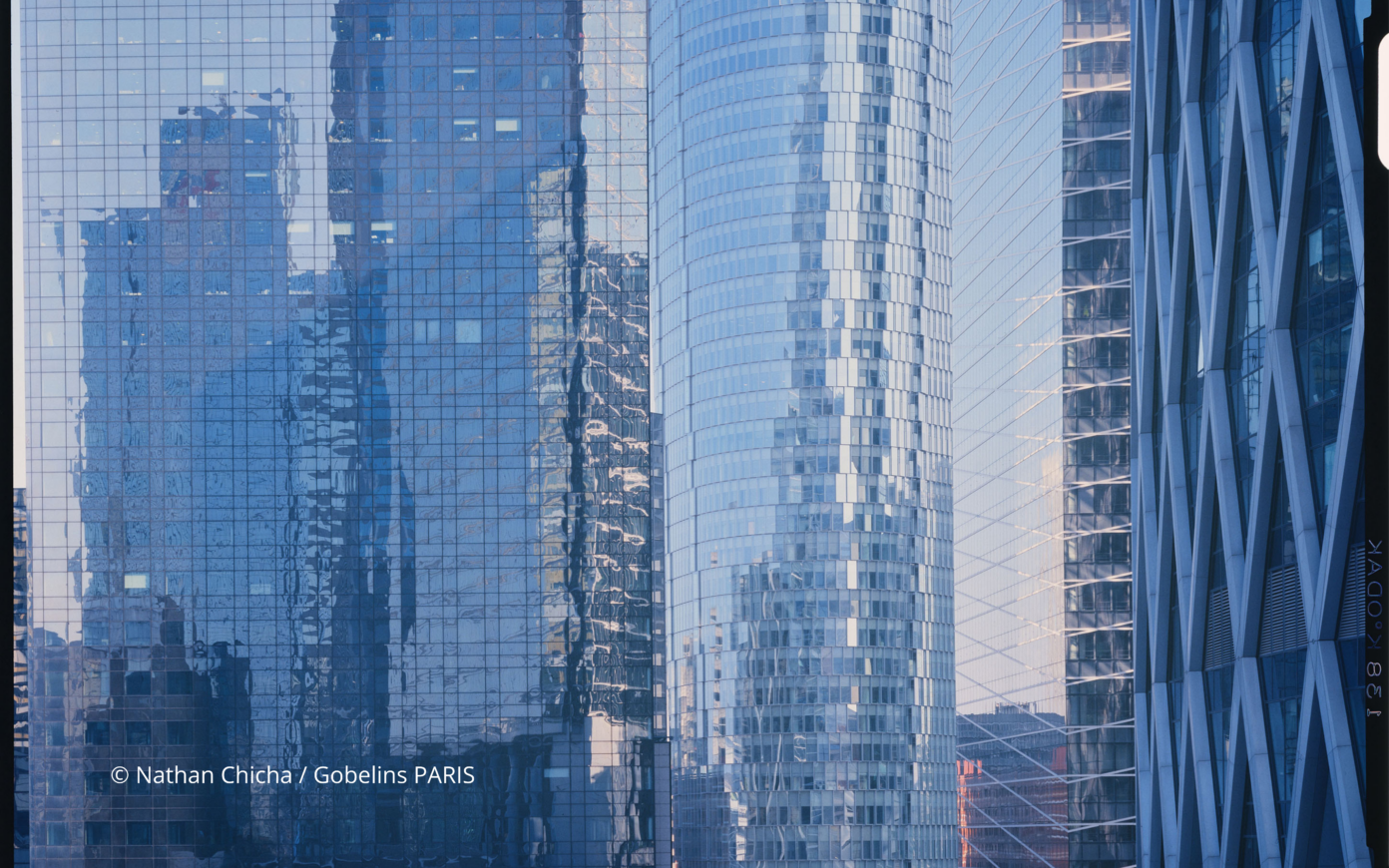

Capturing the Cityscape Through Photography
Over the span of several months, students from GOBELINS Paris scouted La Défense, examining the iconic business district from the fresh perspective of urban metabolism. As part of a documentary workshop led by Pierre-Jérôme Jehel and Laetitia Guillemin (GOBELINS) and designed in partnership with researchers from the City-Metabolism Chair at PSL University, some thirty students explored this territory. They did so by treating it not as a mere backdrop but as a living organism, traversed by flows, tensions, and rhythms, using photography as a tool for revelation. Their projects, located at the crossroads of artistic creation and research, unveil an alternative reading of this mineral space, between invisible flows and underlying tensions. Both sensitive and rigorous, this inquiry is chronicled here by Corinne Feïss Jehel (EPHE-PSL), Pierre-Jérôme Jehel, and Émilie d’Orgeix (EPHE-PSL) as part of a research project conducted by the City-Metabolism Chair (which is financially supported by PCA-STREAM, Artelia, and Groupama Immobilier).
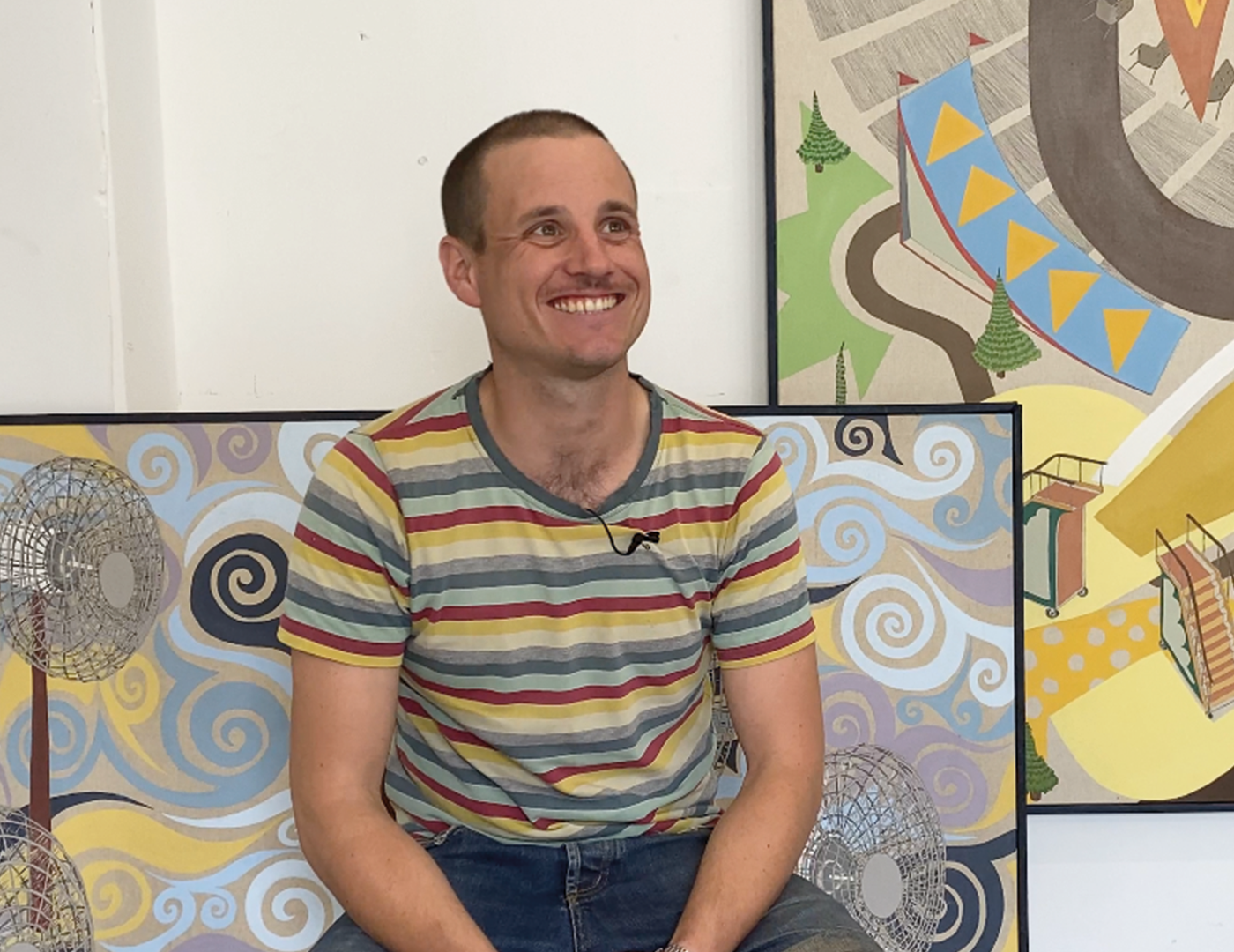
Machine system
Through animation, installation, sculpture and painting, Victor Cord’homme reveals the complexity and tireless workings of an urban system over which humans are losing control. He works on the autonomy of his installations and exhibitions, whose behavior varies according to the audience, invited to interact yet powerless to do so.
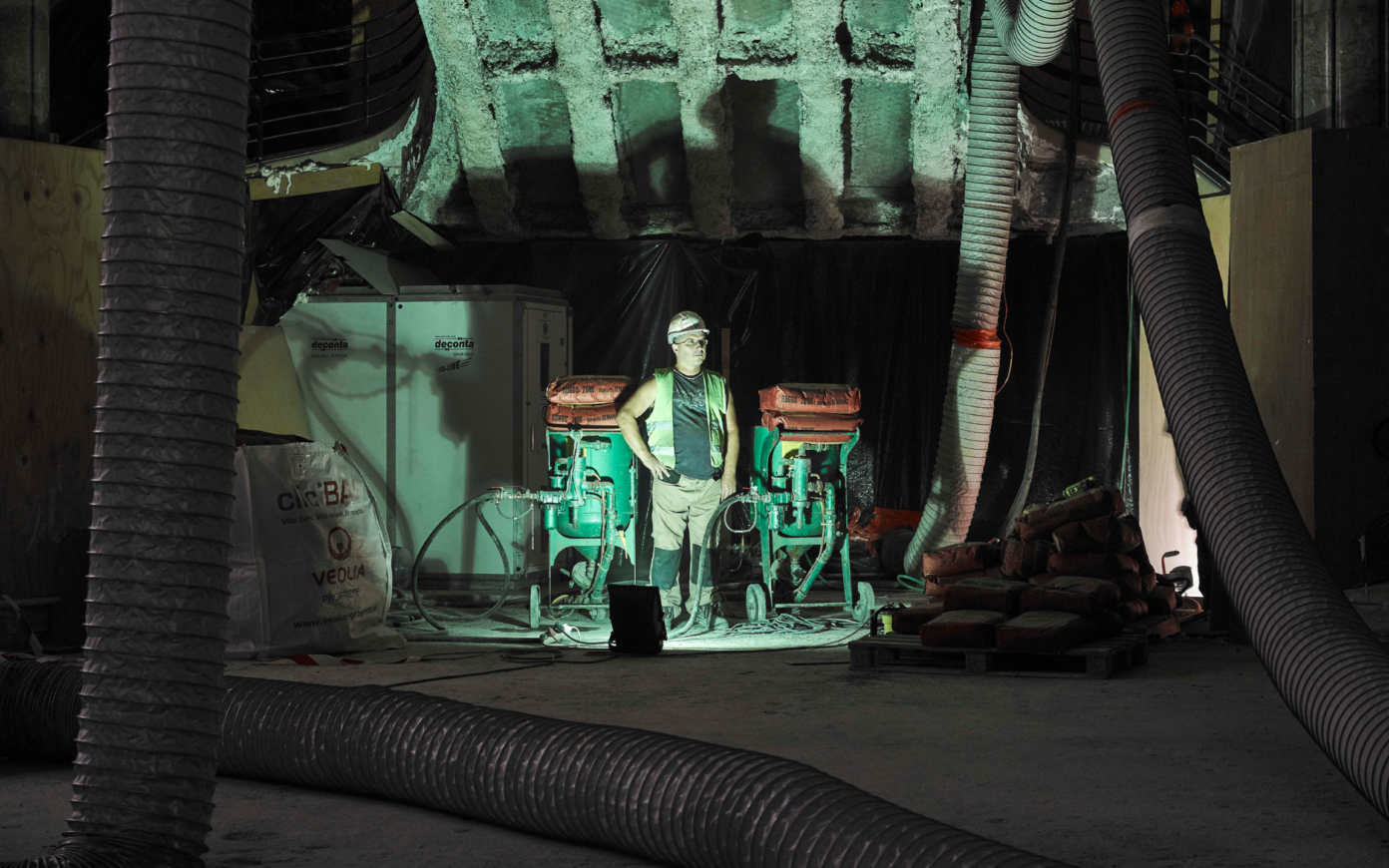

"The network is alive" — Networks and those who maintain them
The French underground and aerial landscape is made up of approximately 910,000 km of drinking water distribution pipes, and over 1.4 million km of power lines. Indispensable in our daily lives, they are nonetheless invisible and increasingly questioned in the light of ecological and technological challenges that are transforming our territories. But can’t these infrastructures be seen as a heritage to be maintained and cared for?
“ Sewers are the mirror image of what happens on the surface. ”
“ Sewers are the mirror image of what happens on the surface. ”
What sewers say about us
Did you know that we have a lot to learn from sewers? Sewers contain numerous chemical indicators that provide information about the practices of people living above ground, such as the use of medicines and drugs, diet and the state of intestinal flora. By focusing on the city of Paris, the EGOUTS (sewers) research project, funded by the French National Research Agency (ANR), is seeking to shed light on public policy ‘through the dark side of the City of Light’.


Exploring methodologies to understand the living city
Theoretical experiments around the concept of the “metabolic-city” place living organisms at the heart of a new paradigm, encouraging a systemic approach. In urban and architectural practice, what tools are available to measure metabolism? Pauline Detavernier, Doctor in Architecture and Research and Development Project Manager at PCA-STREAM, examines existing measures of the life cycle and urban metabolism to outline a methodology.
“ We cannot free ourselves from extreme projections, because we live in an extreme world. ”
“ We cannot free ourselves from extreme projections, because we live in an extreme world. ”
"It will be upon a time", said science fiction to the city
Space is one of the great imaginary worlds of science fiction. By often depicting dystopian cities, authors sketch the contours of a desirable urbanity. Using science fiction as a field of investigation, Pierre-Antoine Marti, a PhD candidate in history at EHESS (School of Advanced Studies in Social Sciences), uses representations of the future as a dataset for prospective reflection on the interplay between science fiction and innovation.

EYES ON THE STREET 01
We have never collected so much data in cities. The public space is thus subjected to a real “dataification”. But how can we explain this massive capture? What is it about? And what does it tell us about our time? An inaugural lecture by Olivier Aïm, lecturer at Sorbonne University and author of Les Théories de la Surveillance, followed by an afterwork co-organized with Yourban, The Swarm Initative and The Good AI.
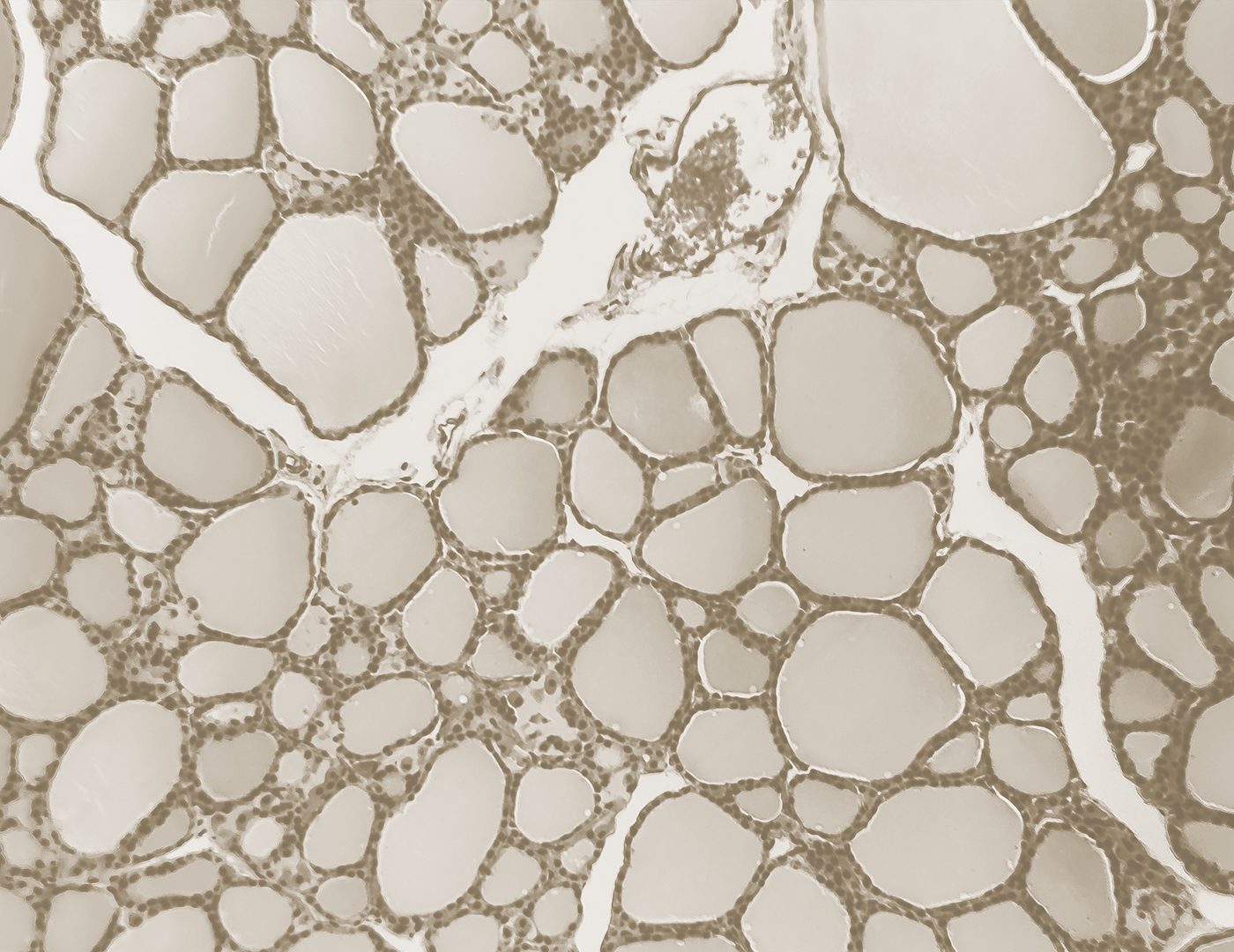
Piloting the "City-Metabolism" Chair
Périg Pitrou is an anthropologist, CNRS Research Director at the Maison Française d’Oxford and head of the “Anthropology of Life” team at the Collège de France. He is Scientific Director of the City-Metabolism Chair, which links the agency with PSL University (Paris Sciences et Lettres). The aim: to identify how interdisciplinary collaborations can help overcome the challenges of building future urban worlds.

The eco-acoustic landscape of La Défense
Landscape is not just a matter of shapes and colors. It also emanates from the sensitive perception of a sound environment, however urbanized it may be. This is what Sara el Samman defends in her diploma project, awarded by the Fédération Française du Paysage. Would La Défense be the same without the sound of heels on flagstones?

AI facing complex urban environments
Hubert Beroche is the founder of the Urban AI think tank, dedicated to the field of urban artificial intelligence. He is the curator of the Eyes on the street lecture series, run together in partnership with the SCAI (Sorbonne Center for Artifical Intelligence), and explains here how urban AI can help us understand the city.

Flows in images
Stéphane Lemoine is an architect and urban planner. He recently published the book Mix Urbains, which questions the nature of urban travel. By analyzing flows at eight intersections around the world, he studies speeds, rhythms, interactions and trajectories to determine what makes these urban squares special.


Co-creating a learning society
François Taddei is a geneticist and co-founder, with Ariel Lindner, of the Learning Planet Institute (formerly known as CRI). Conceived as a school for the 21st century, the institute combines artificial intelligence and collective intelligence to reinvent ways of learning, teaching and doing research.
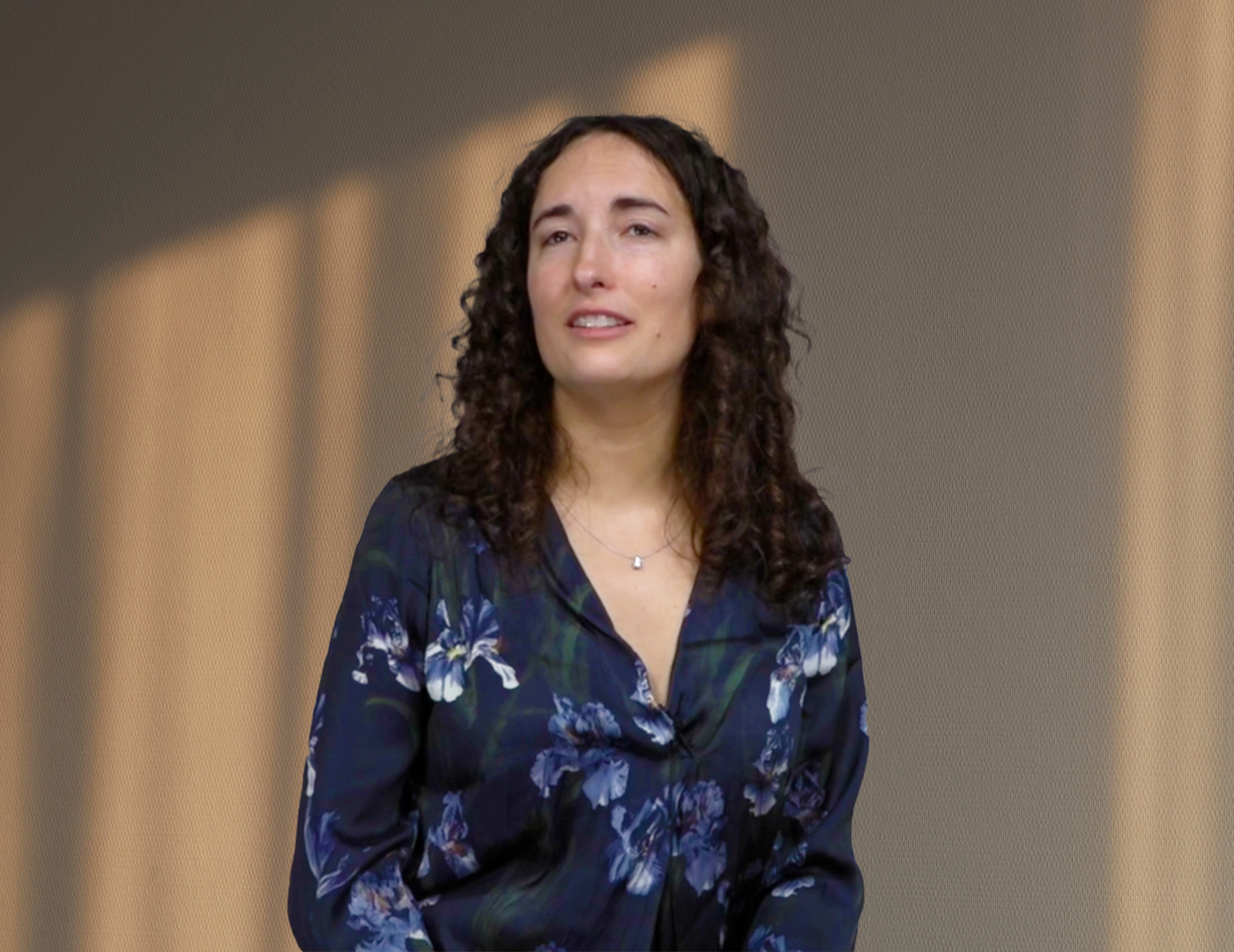
Measuring the Urban Metabolism
Claire Doussard is an urban planner and researcher in the field of urban development. She focuses on measuring urban metabolisms and comparing various types of urban fabric in order to define the most environmentally friendly forms and ways of operating. Reviews and perspectives that face a great difficulty: data collection!

Modeling the City Using Proteins
Researcher Claire Lesieur works at the CNRS Ampère Laboratory on the Go Pro project, which applies a computational model developed for protein folding to urban environments. The shape-changing properties of proteins are put to use in an attempt to map out the opportunities for urban growth that don’t involve urban sprawl.


An argument for Data unions
These days we are generating a lot of data simply by carrying our phones around and consenting cookies on websites. While some of the data collected can be accessed by researchers for social good, other data is being used to provide targeted advertisements. Companies buy and sell our data, what is currently lacking is a mechanism for individuals to get a grasp of where their personal data is being used and for what purpose. An article by Saulė Gabrielė, Nadia Leonova and Lukas Utzig, Urban AI’s Emerging Leaders. Discover the extended version, Who owns your data ?

Talking Data
Caroline Goulard is a data journalist and co-founder of Dataveyes. She turns collected data into digital experiences to make it more understandable for everyone. Thanks to new ways of visualization, it is now possible to understand a population’s needs and to develop services that anticipate new uses.


Technologies and metabolic city
The notion of urban metabolism can be viewed in several ways. From a quantitative perspective, by considering flows; from a political ecology perspective, by considering social factors; and from an urban design perspective, by considering the sum of intertwined environmental and social ecosystems beyond administrative borders. In each of these approaches, urban technologies and the availability of data provide exciting prospects. To read the extended version : Do cities metabolize?

The invisible labor of Data and Men
Jérôme Denis is a research professor at the Center for the Sociology of Innovation at Mines ParisTech. He examines the invisible work required by data processing (including in urban contexts), as well as on an approach to maintenance grounded in care. The focus afforded to material fragility, far from stabilizing the condition of objects, becomes inextricably involved in their future.

Towards an organic Artificial Intelligence
What we are currently calling AI has, in fact, very little to do with intelligence, although it does indeed make use of tremendous memory capabilities and computing power. The leading figure of French robotics, Bruno Maisonnier, is engaged in the challenge of developing an AI operating like a brain, using very little energy and data, while also being capable of justifying decisions. Would this be an AI with self-learning capabilities?


Representing the Invisible City
The trend towards smart cities reintroduces a functionalist vision of the city, generating ever-increasing amounts of data. But how can the parts of urbanity that cannot be reduced to quantified data to be optimized be considered? Larissa Fassler seeks to make visible what forms the urban experience through sensitive mapping that reveals an overlooked city.

Scenario planning for sustainable cities
In this interview filmed at the AIA Architecture Centre in New York, Michael Speaks, Dean of the School of Architecture of Syracuse, talks about the Design Energy Futures program that focuses on low-carbon planning and products. It aims to analyse datas in order to conceive scenarios of plausible futures and thus offer a better planification for urban expansion.
Explorer Toutes les thématiques
 stream voices
stream voices
Eager to share more generously the results of its collaborations and research, PCA-STREAM publishes STREAM VOICES, its online magazine!
